Some rooflights can be seen as a poor design solution, contributing little to the architectural form of a building, and simply creating a hole in a roof because without them there would be insufficient natural light. However, that is not the case with these extraordinary projects whose unique identity is defined by the use of skylights. A real treat for both architecture lovers and dedicated sky-watchers.

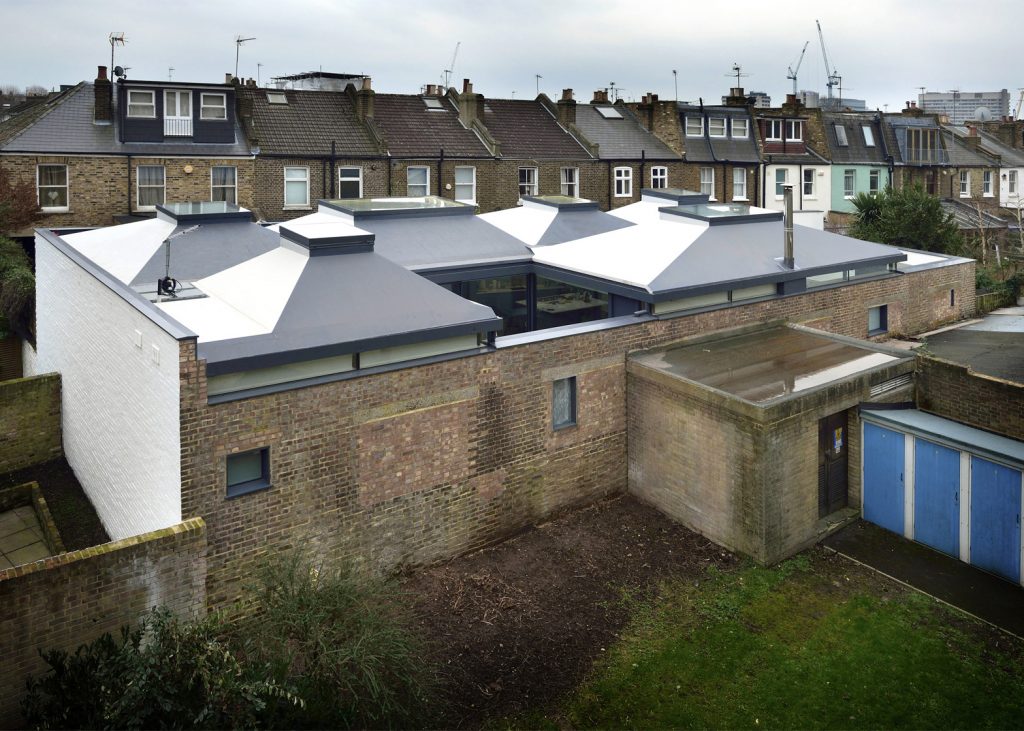
Vault House by vPPR Architects
London-based architecture studio vPPR Architects used skylights looking for a new way to bring daylight into the building. Commissioned to build a house on the site of a former taxi garage in west London, the team discovered that neighbouring properties surrounding the lot on all sides made it difficult to add windows on any of the walls. To solve this, they designed Vault House that features six rooflights and two sunken courtyards that function as lightwells.
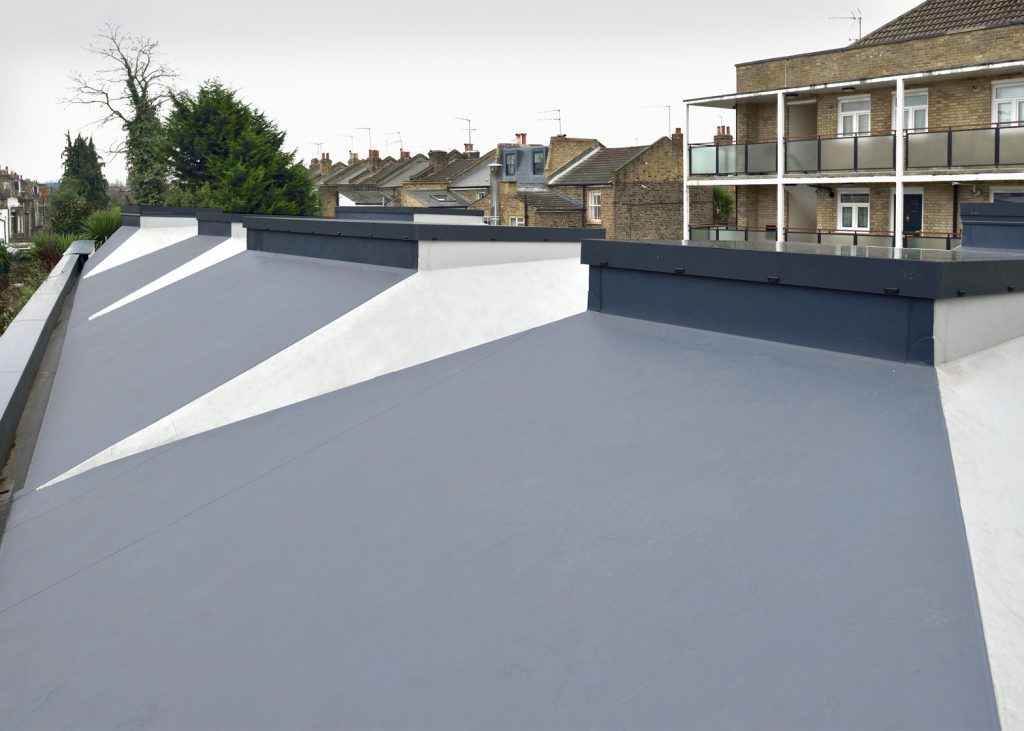
Vault House by vPPR Architects
Rather than being divided by rigid walls, the different living zones of the two-storey residence’s upper level are demarcated by light transmitted via the vaulted rooflights. Each vault is slightly different in shape and size, but all six work to divide the house’s almost entirely open-plan interior up into zones housing the shared activities of the family.
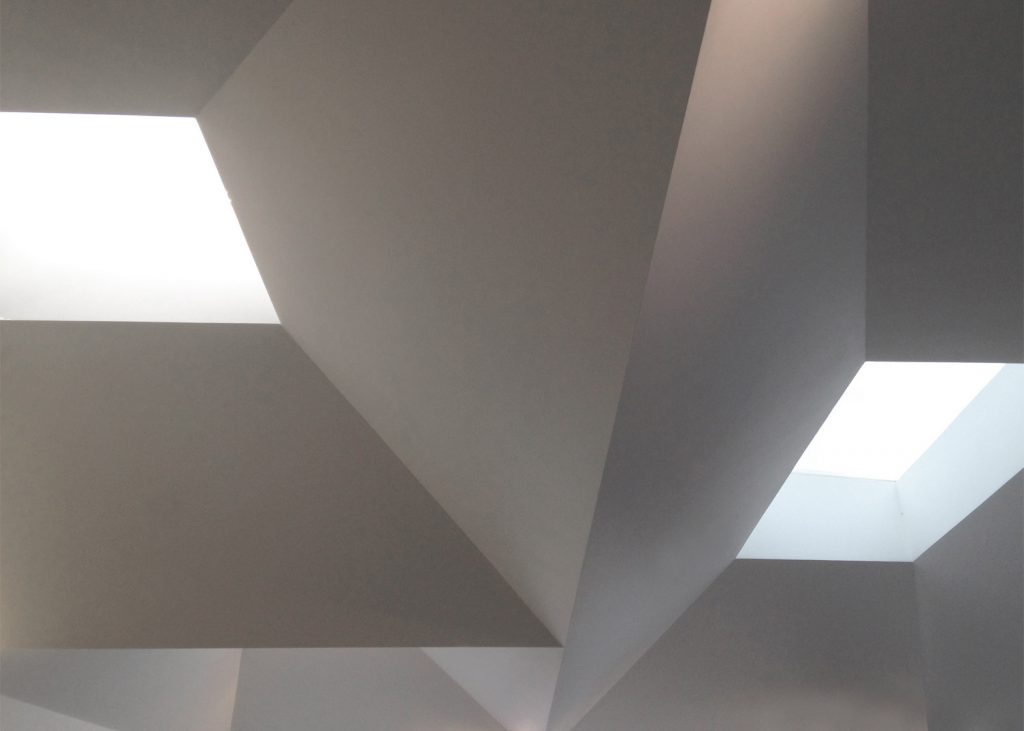
Vault House by vPPR Architects
Each of the skylights is carefully calibrated to spotlight different activities throughout the day, according to the shifting angles of the sun. Morning light floods the kitchen, courtyard and breakfast areas, while the evening sun illuminates dining and library areas. And an even north light bathes the study and entrance hallway. Glazed walls front the two courtyards, so residents can bring fresh air through the building. One of these glazed panels slides into a wall to create a full height opening.

Vault House by vPPR Architects
The vaults rest on the brick walls of the old garage, which frame the lower storey, sunken down into the ground. This subterranean level accommodates four bedrooms that all face a courtyard, allowing plenty of light to enter.

Vault House by vPPR Architects
This manipulation of space and light has driven the design of the entire home, creating intriguing living areas that occupy two courtyards and two grand double-height rooms.
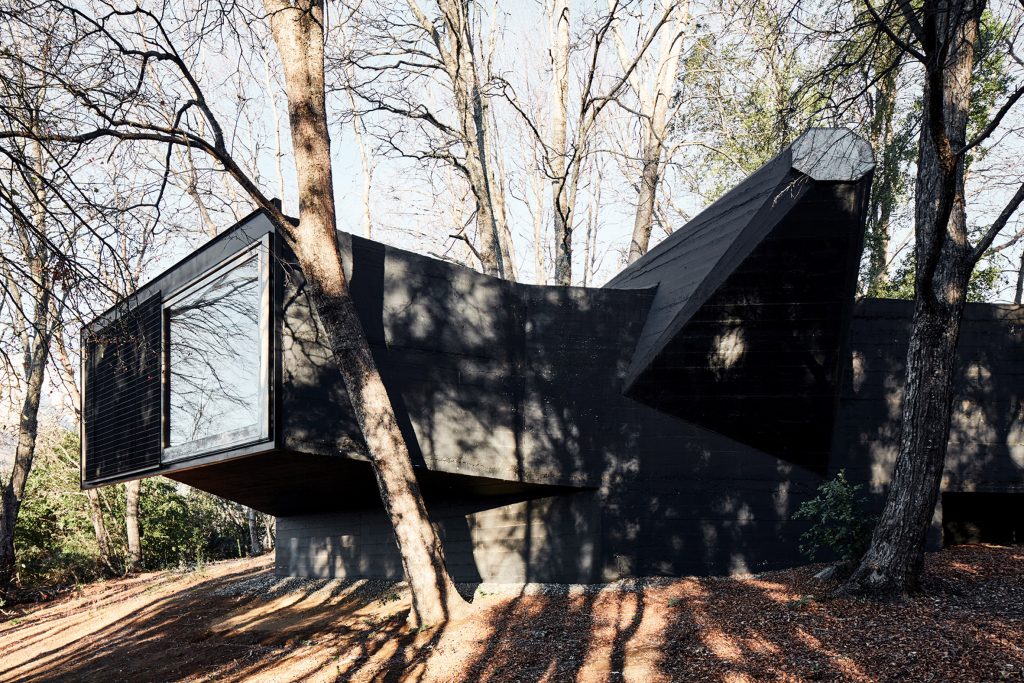
House for the Poem of the Right Angle by Smiljan Radić (via dezeen)
Chilean architect Smiljan Radić has drawn inspiration from one of the abstract paintings in Le Corbusier’s series The Poem of the Right Angle to design the eponymous secluded house in Chile featuring three huge rooflights that extend at odd angles. The building is made up of black reinforced concrete, the structure marries curved walls with harsh right angles and a cantilever.
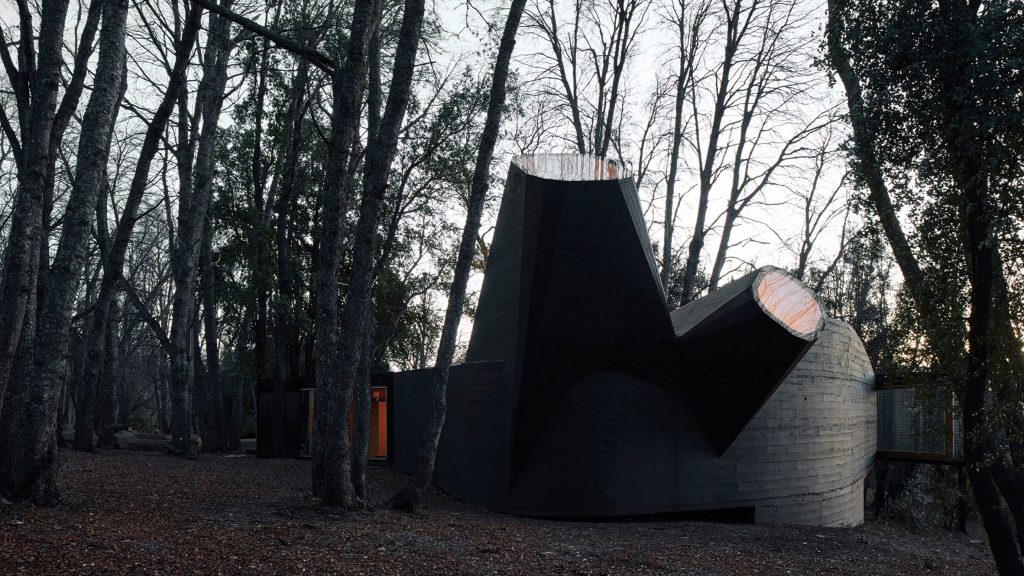
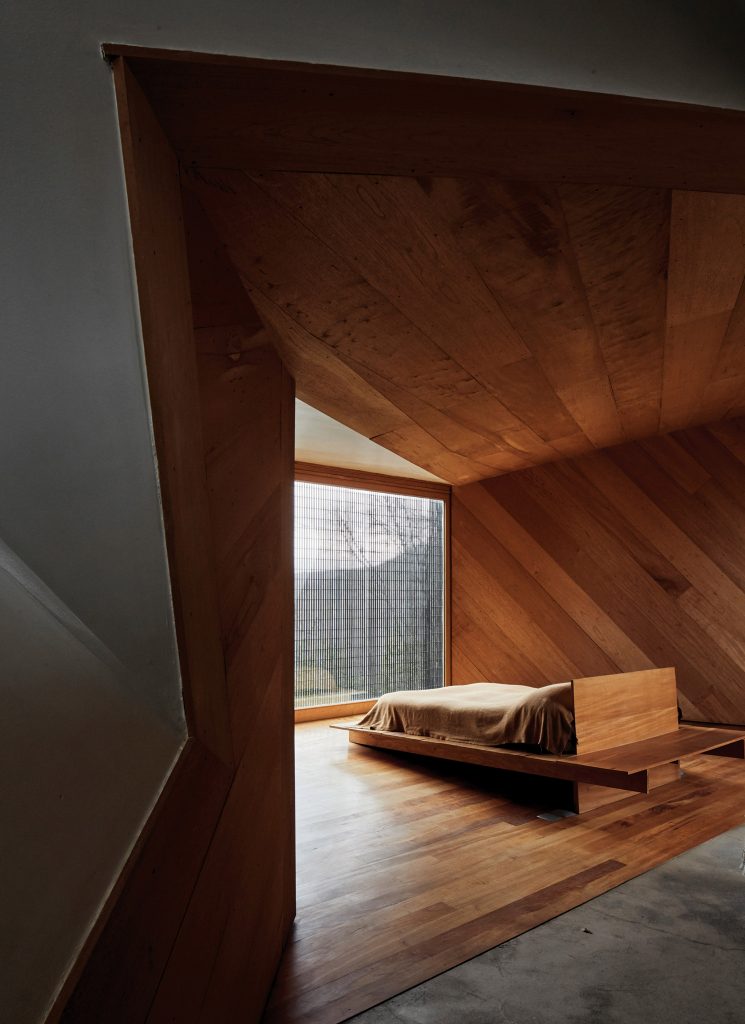
House for the Poem of the Right Angle by Smiljan Radić (via dezeen)
To contrast the black-painted exterior the interiors of the lightwells that punctuate the space are painted white, while the walls facing the yard, around which the open-plan interiors are organized are glazed. The full-height glass windows offer views into the patio and also across to other areas in the residence.

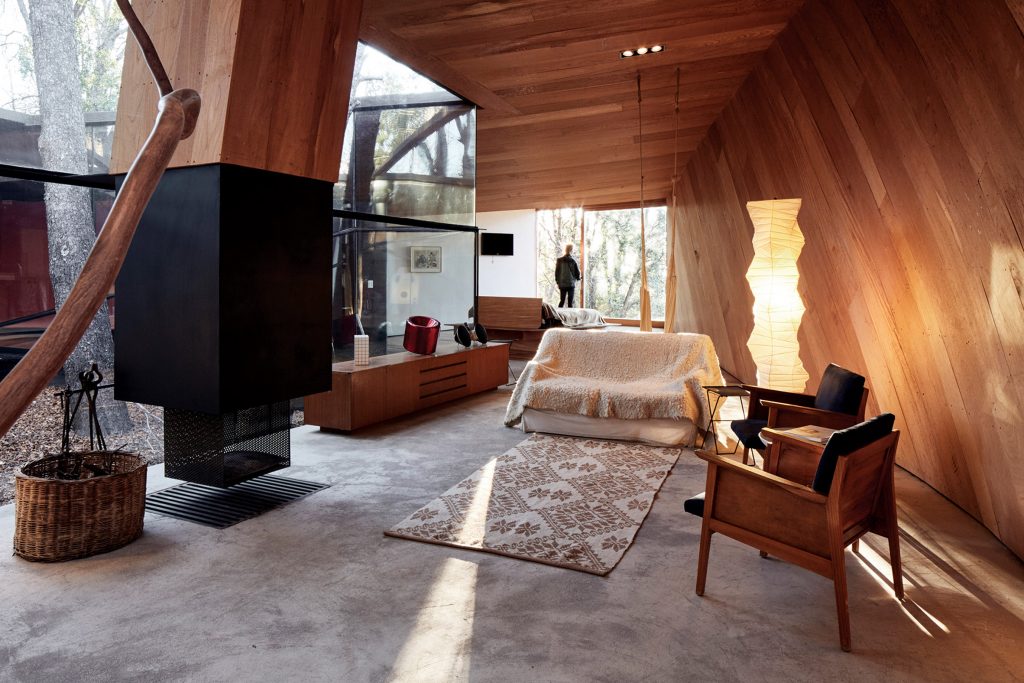
House for the Poem of the Right Angle by Smiljan Radić
On the right of the entrance there is a kitchen, dining room and living room with a wood-covered chimney extending from the ceiling in the latter. To the left side, a bathroom is enclosed by black concrete walls with a small bedroom adjoining. The house then culminates in the cantilevered volume occupied by the master bedroom. This features a huge window overlooking the forest fronted by a sliding grate.
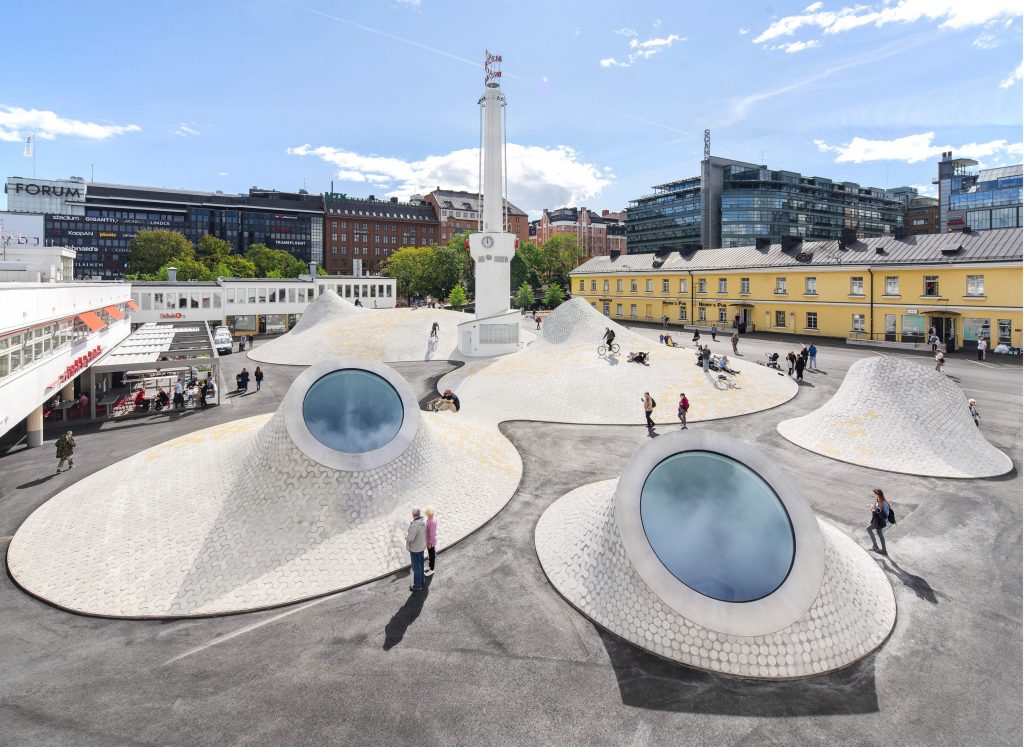
Amos Rex by JKMM architects (also header image)
Located in the heart of Helsinki, Amos Rex is a new art museum that rethinks the urban park as part of museum experience. 13,000 cubic metres of rock had been excavated from beneath the city’s Lasipalatsi square to shape the subterranean gallery space designed by local studio JKMM architects.

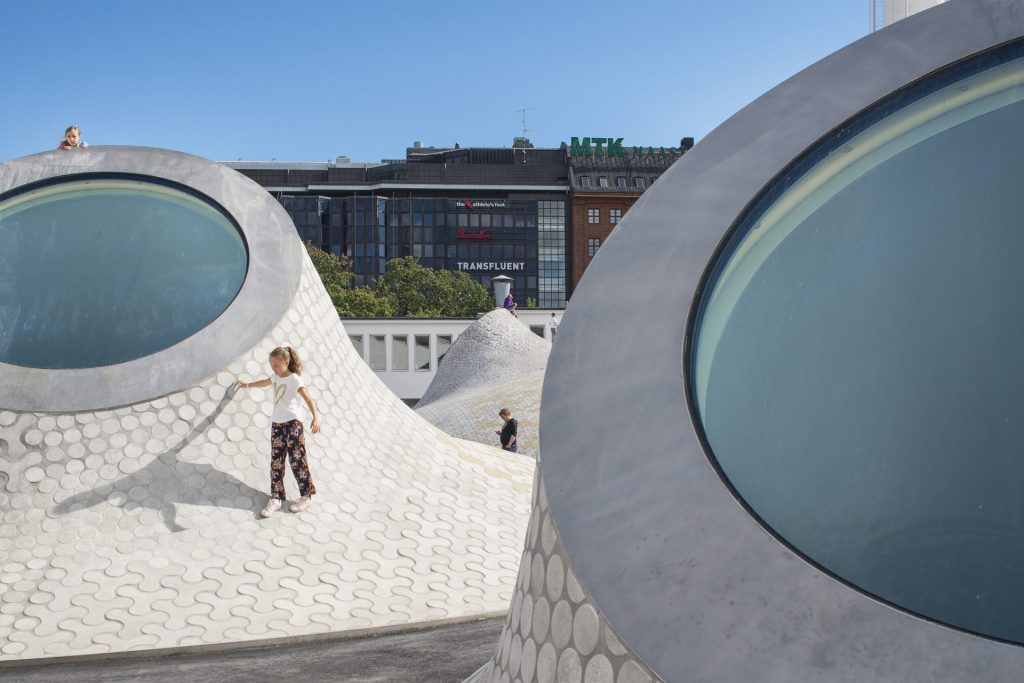
Amos Rex by JKMM architects
The underground museum is topped with large concrete domes that contain skylights introducing natural light into the galleries below. This principle allows long column-free spans and flexible exhibition spaces for museum use as well as provides carefully selected views of life above.
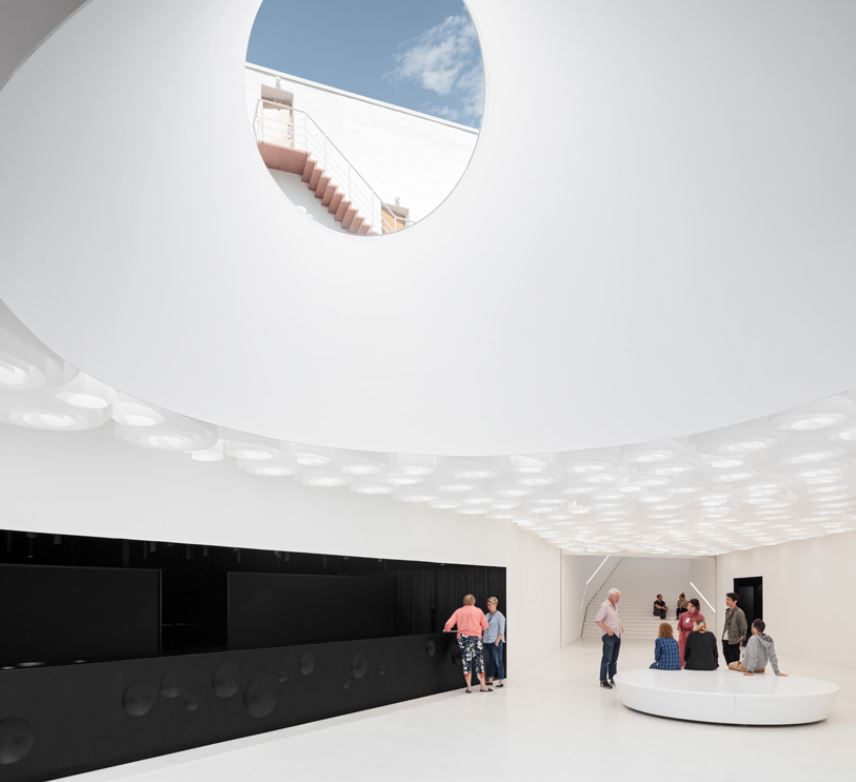
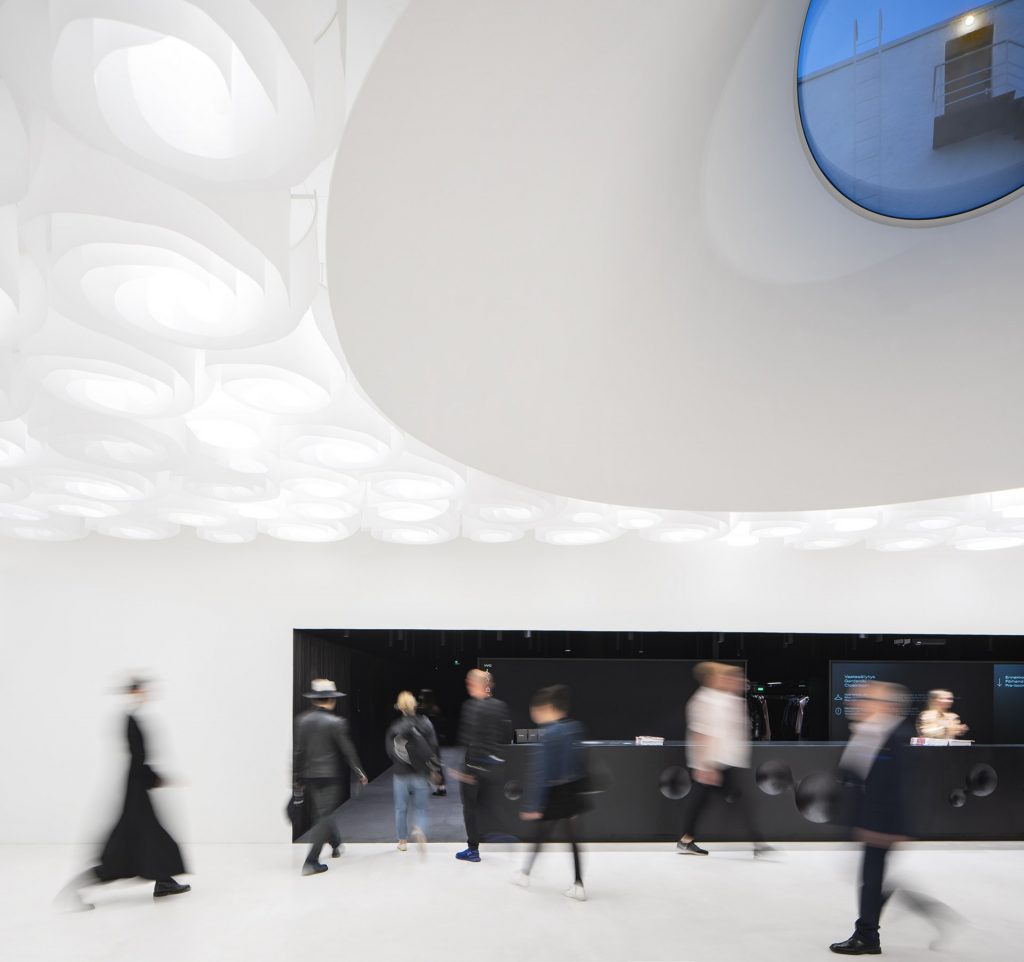
Amos Rex by JKMM architects
At street level, the domes form an undulating landscape that defines unique identity of the new urban square. The space is especially favoured by children.
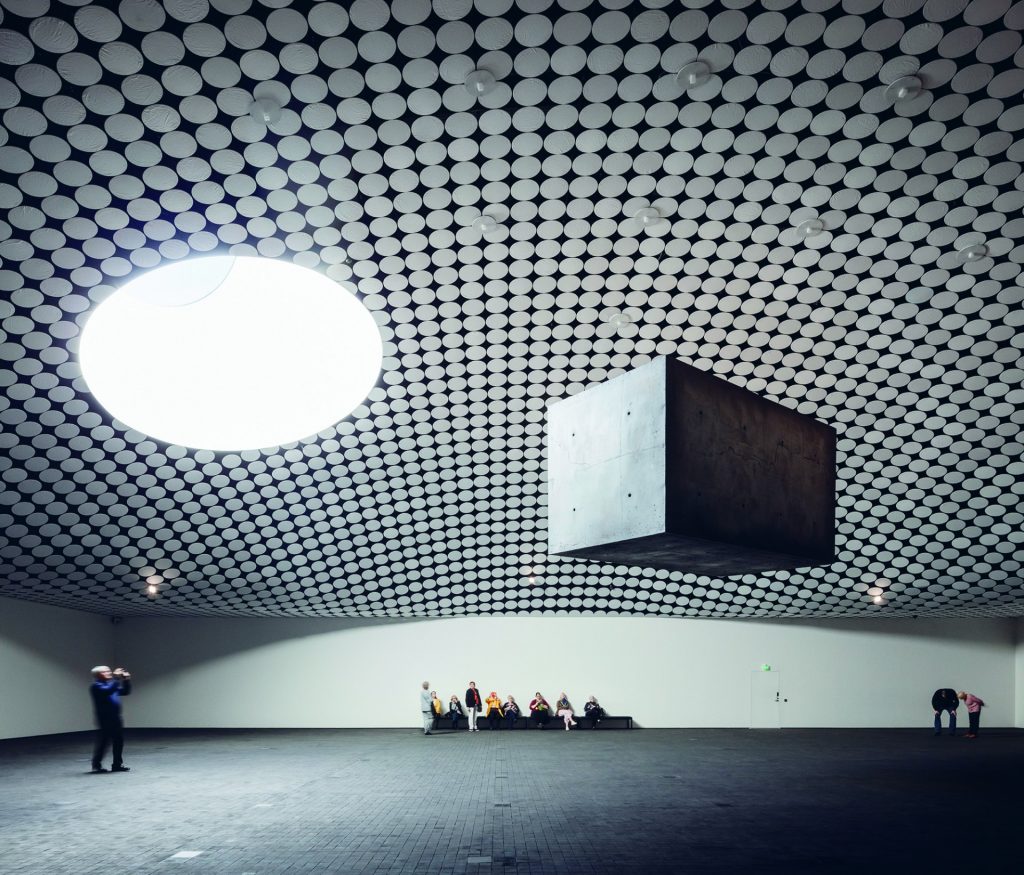
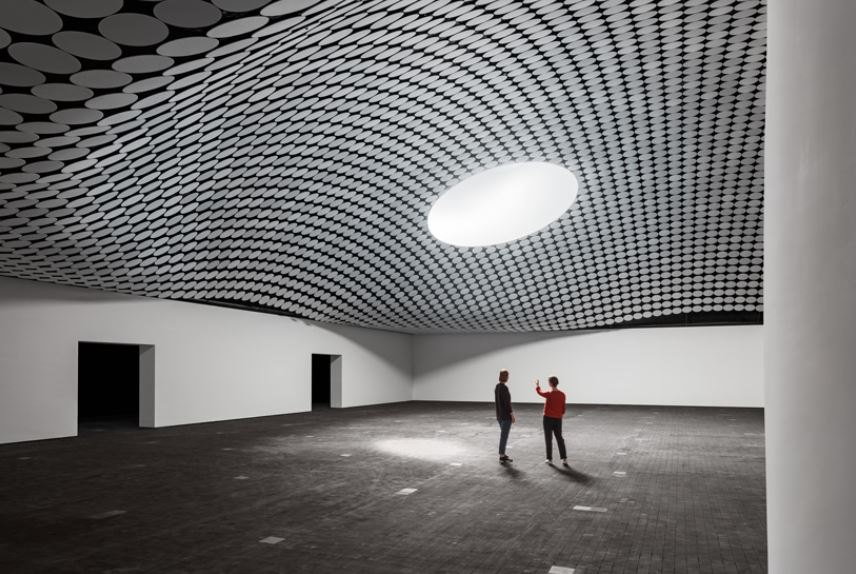
Amos Rex by JKMM architects
The new contemporary architecture of the museum serves as an extension to the landmark 1930’s listed Lasipalatsi building, refurbished as part of the project. By adding a bold new layer to lasipalatsi, the team intended to connect past with present.